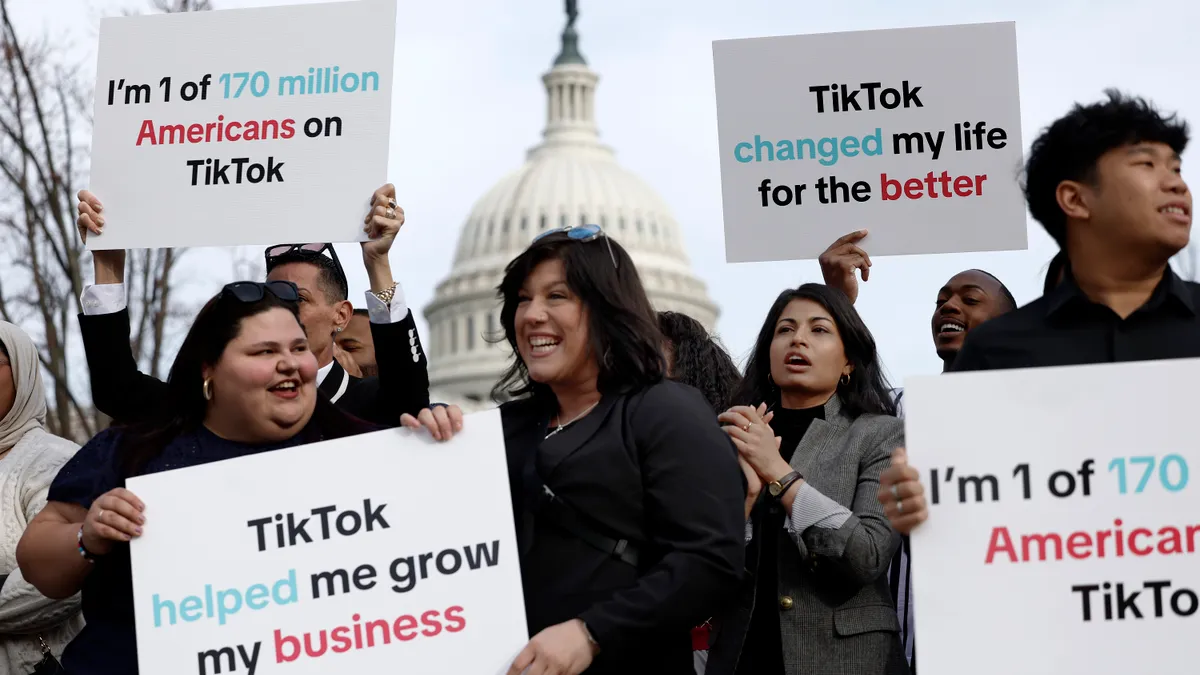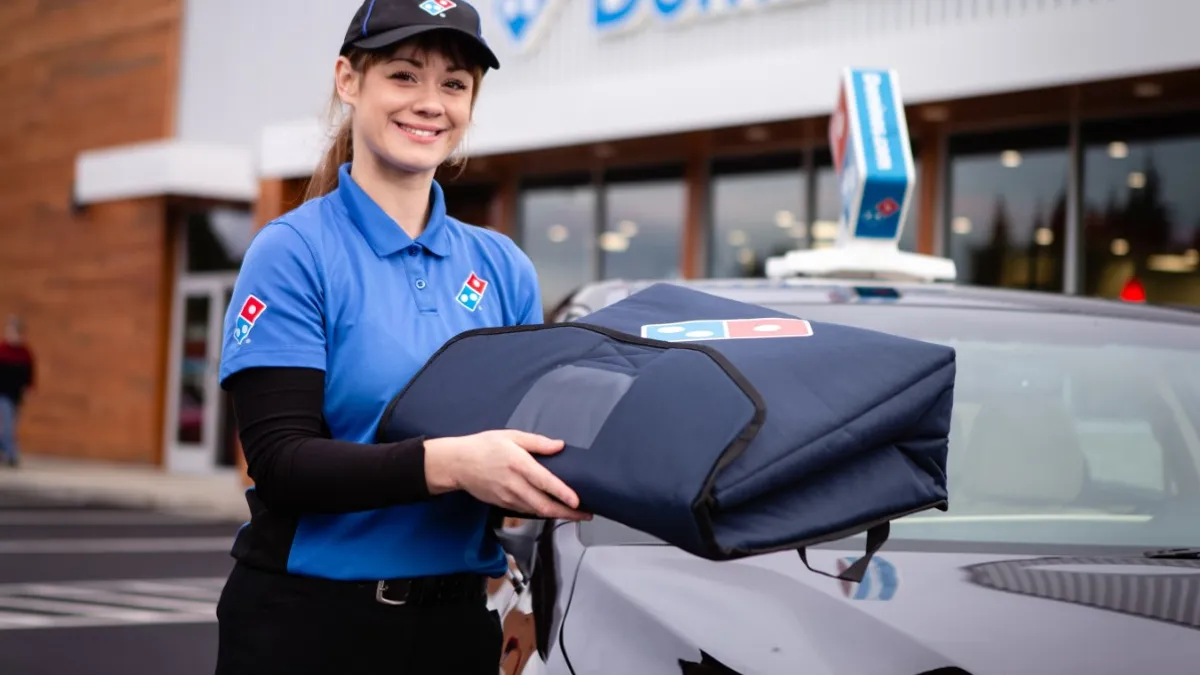The traditional consumer shopping journey has been reshaped in recent years, thanks in large part to the growing presence of mobile devices and wider acceptance of e-commerce. And this isn't only the case for B2C brands.
For B2B companies, the growing importance of e-commerce is taking an increasingly central role in business marketers' minds, but building a mobile commerce presence may soon become a priority.
Last fall, Accenture Interactive released a report, "Channel Shift: Measuring B2B Efforts to Shift Customer Online," that both surveyed and addressed this e-commerce-filled reality. And in short, it found that B2B e-commerce is only going to gain traction.
Some of the most interesting data points for B2B marketers were:
- 59% of B2B organizations see one-third of their customers transacting online;
- And email marketing is the most prevalent tactic B2B organizations rely on to promote online sales, used by 92% of respondents
A quick glance at the B2B e-commerce landscape points to a future that is big and bright.
Chris Dalton, CEO at CloudCraze, an enterprise e-commerce software solution, and previously with the Acquity Group which is now Accenture Interactive, told Marketing Dive that professionals of all ages are becoming more prone to ordering and interacting online with businesses.
However, he explained, "Younger generations have been faster to adopt e-commerce, and in many cases, they are driving adoption of B2B e-commerce. Young professionals grew up using technology and shopping online, so B2B e-commerce is a natural extension of shopping in their personal lives."
Citing out Forrester research that predicted U.S. B2B e-commerce will reach $1.1 trillion by 2019, quadrupling the B2C e-commerce market, Dalton believes wider adoption is inevitable. He sees this growth as coming from software-as-a-service (SaaS) e-commerce from tech vendors such as Salesforce. Dalton noted that Forrester Research Principal Analyst Andy Hoar told a CloudCraze webinar audience that 63% of B2B buyers research half, or more, of work purchases online and that an e-commerce site can meet customers where they shop and research -- a move that reduces friction in the buying process.
"For B2B companies, e-commerce significantly improves the ordering process for smaller to mid-size clients with less complex orders or routine re-orders. It also reduces order processing costs and errors," he said.
Between SaaS solutions and age demographics, these two factors are having an impact on B2B e-commerce adoption. Overall, Dalton sees a fast upward trend for B2B e-commerce.
What works, and doesn’t work
Like so much of digital marketing, personalization is a winning B2B e-commerce tactic. Personalization is one area where B2B marketers might have a leg up on their B2C counterparts because the complex sale fosters strong, unique relationships with customers through face-to-face interactions.
"Many B2B companies understand the power of personalization in e-commerce. Inserting the personal touch into the user experience has been a more natural instinct for the customer-minded B2B company," Dalton said.
According to Dalton, CloudCraze works with Coca-Cola and Barry Callebaut, two corporations that have figured out e-commerce is the best way to serve their tier-two and -three customers, enabling them to automate online orders from across the globe and on mobile.
Where B2B companies are going wrong with e-commerce is wasting money, resources and time investing in cumbersome, on-premise e-commerce solutions, he said. The issues are these solutions take 18-plus months to implement and update in yearly cycles, and they tie into a company’s back-office ERP systems, which is cut off from the customer-facing experience and data.
"In an inherently complex and resource-intensive industry, B2B companies are smart to make major investments in improving the customer experience online," Dalton explained.
One way B2B organizations can eliminate several steps that result in added friction in the customer buying journey is to integrate in-context commerce into the purchase process. Separately, to enhance the customer experience online, companies can build integrated community marketplaces into e-commerce platforms. Other investment areas include customizable order options, or "by the half pallet," and smart automation capabilities, which "understand the customer's geolocation, buying history and point of purchase."
Investing in these actions would benefit B2B brands looking to encourage their customers to move their purchases online.
Mobile capability is a B2B e-commerce must-have
Mobile ordering can eliminate the need for on-site visits for routine or small orders, easing life for customers and reducing costs for vendors. What's more, mobile ordering increases the value of face-to-face meetings because sales reps can spend more time building relationships and improving strategy instead of recording routine orders.
Dalton offered Coca-Cola Germany as an example of a large business corporation that has understood the value of investing in mobile commerce. He said they sought out a data-driven customer portal that tailored the shopping experience based on unique qualifiers identified by Salesforce as well as by customer groups.
"We automated major touchpoints for their ordering process on mobile, which allowed buyers to manage inventory in real-time while they are in the field," he explained.
As B2B firms spend more on commerce technology -- Forrester predicts B2B organizations will outspend online retailers by 2019 in terms of commerce tech -- fully harnessing mobile will become top priority.
"For global businesses, mobile not only simplifies transactions, it makes it possible for small or mid-sized business owners in developing countries to replenish orders from their mobile devices. In many cases, this is the only Internet connection they have," Dalton said.

















